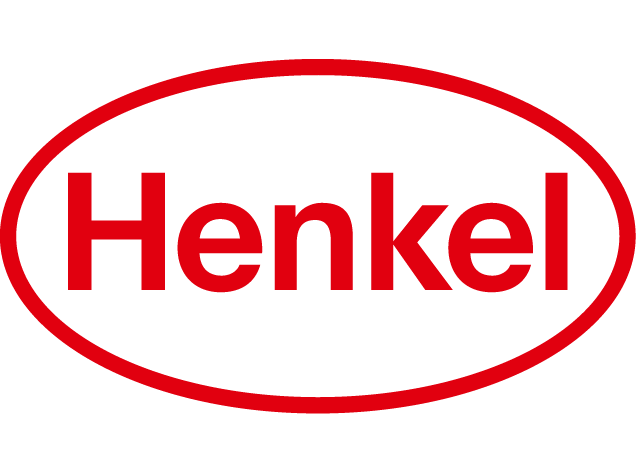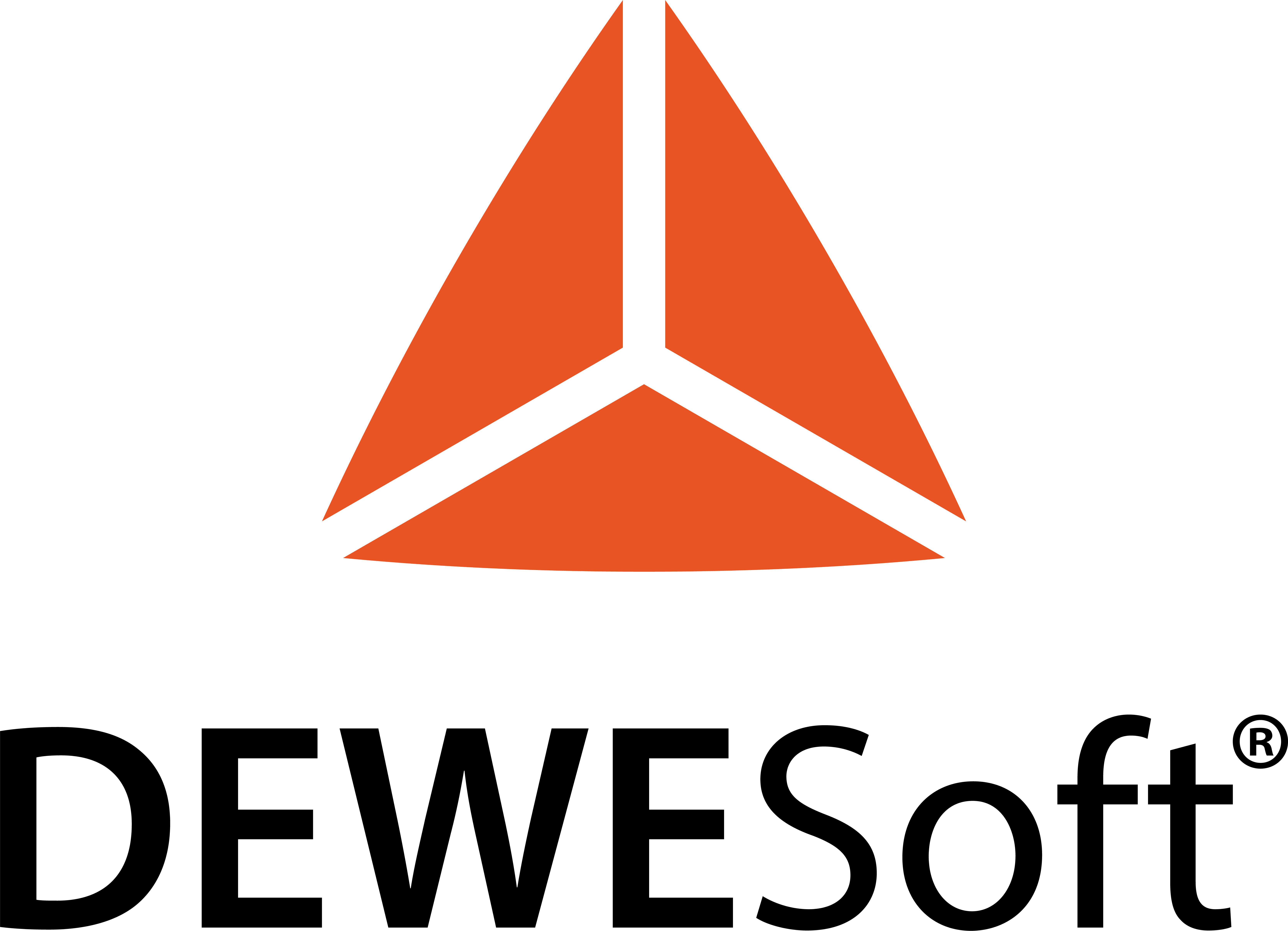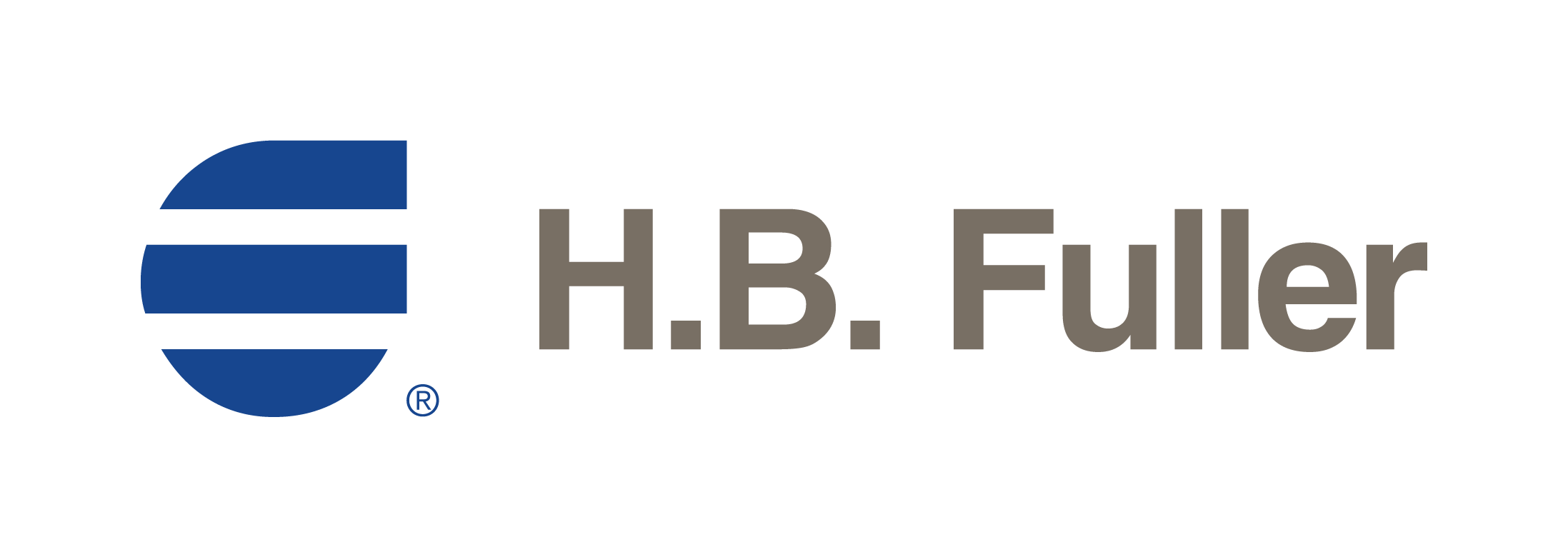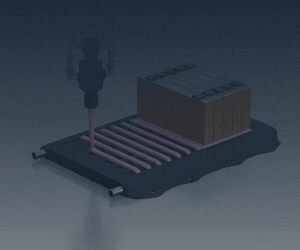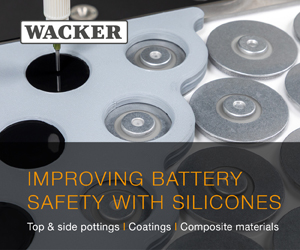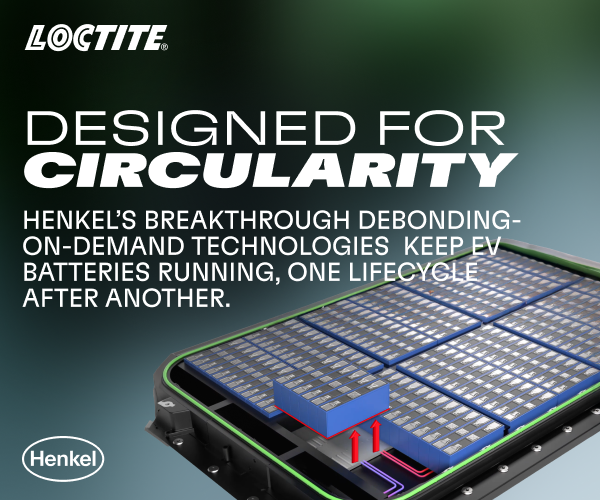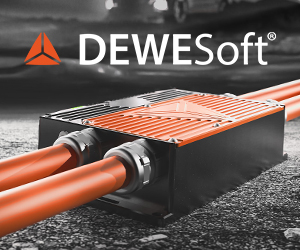Mining electrification

(Image courtesy of Komatsu)
Unearthing real treasure
Mining is a dirty business, but Peter Donaldson uncovers how electrification could help clean up its image
Mining accounts for around 1% of greenhouse gas emissions globally. Of that figure, approximately 40–50% comes from burning diesel in mobile equipment and 30–35% from the use of non-renewable energy sources to generate electricity. There is much to be saved through electrification because a single 300 t haul truck, for example, can burn about 4000 litres of diesel per day, the elimination of which would go a long way toward the industry’s goal of major cuts in carbon emissions by 2030 and net zero by 2050, while potentially reducing its energy costs by 30–50%.
Electrification essentials
In 2021, electrical equipment and robotics company ABB identified several key elements that must be in place for the electrification of a mine to be successful. These include the interoperability of vehicles and chargers that comes with vendor-agnostic charging infrastructure. Also, it must be easy to move and adapt charging points to accommodate changes in mine design, while mines must transition to smart grids encompassing renewables and storage to handle volatile loads. Rugged high-power charging connectors that work reliably under harsh conditions and meet the power demands of large mining trucks are also essential, as are robust trolley (overhead external power supply) systems to help on long or steep inclines.
Charging stations must include fast and slow onboard and offboard systems, with a mix of AC and DC supplies, ABB noted. Fast onboard DC chargers suit large haul trucks operating in open cast (surface) mines, enabling them to take advantage of both stationary chargers and trolley systems. Fast DC offboard systems located at carefully selected points suit smaller haul trucks in either open cast or underground mines, particularly where the vehicles operate almost continuously – with idle time limited to about 15 minutes. Slow offboard charging systems are ideal for vehicles such as personnel and equipment transports, which are typically used intermittently, and those that use battery swapping systems. Lastly, slow onboard systems best suit stationary equipment such as drill rigs and bolters that only occasionally need to be moved around the production area.
Trolley systems consist of overhead powerlines from which vehicles draw power though roof-mounted pantographs. They are being introduced to support diesel electric haul trucks, and are capable of doing the same for battery electric vehicles (BEVs), a combination that is even more energy efficient when the vehicle also exploits regenerative braking.
Realising the full potential of electrification, ABB argues, also requires digitalisation and integration of automation systems. This enables, for example, monitoring of vehicle location, energy use and charging needs, the implementation of grid management to prevent overloads by shedding non-critical loads, and the use of autonomous systems – which benefit from EV’s lower maintenance needs.

(Image courtesy of Epiroc)
Design divide
The biggest divide in mining vehicle design characteristics is to be found between underground and open cast (surface) operations. Those that work underground generally must negotiate narrow tunnels with low ceilings and therefore must be relatively compact, which typically limits the payloads of workhorse load haul dump (LHD) vehicles to around 50 t, much less than that of surface working haul/dump trucks, the largest of which carry up to 600 t.
Underground, limited ventilation makes vehicles with internal combustion engines a major health and safety risk, and with the BEVs that are taking over, battery safety is a fundamental concern. Here, more stable battery chemistries such as lithium titanate oxide (LTO) and lithium iron phosphate (LFP) are chosen for this reason as well as for their long service lives. Their limited energy density compared with lithium nickel manganese cobalt (NMC) chemistries are accommodated with fast charging and/or battery swapping systems. Those underground vehicles that do run NMC batteries need robust thermal management systems.
Naturally, fire safety requirements are much more stringent underground – vehicles must be certified as explosion-proof to MSHA/IECEx standards, meaning that their electrical and electronic systems must not expose flammable gases and dusts to sparks. Operator cabins have to be sealed against dust and provided with HEPA air filtration. Operators are also provided with sensors such as 360° cameras and Lidar to counter the inherent visibility limitations of low-profile vehicles. Furthermore, their designs emphasise modularity for improved maintenance access to make them easier to work on in tight spaces.
In terms of terrain, relatively smooth graded haul roads on the surface contrast with rough, uneven and steep roads underground. Temperature variations are also much larger above ground, with vehicles typically designed to operate from -40 to 50 C, contrasting with a stable average of around 15 C underground, although deeper mines can get significantly hotter. High humidity is an extra challenge underground, driving the use of corrosion-resistant materials.
Navigation and communication are critical both above ground and below, but the solutions differ because of the limitations of radio propagation underground. Both will remain critical as mines become increasingly automated and digitalised, and vehicles are given increasing levels of autonomy.

(Image courtesy of Sandvik)
Underground LHDs and hauls
Electrification has progressed further among underground mining vehicles than among their surface counterparts. Three broad classes are commercially available and in regular operation. The first such class comprises LHD machines – articulated vehicles designed to load, transport and dump fragmented rock, shuttling ore from the blast face to crushers or haul trucks.
In 2024, around 30% of new LHDs sold were BEVs, rising to around 50% in Canada and Scandinavia. At the same time, at least 53 underground mines worldwide had trialled or adopted BEVs, with more than 270 vehicles of different types acquired. Early adopters include operations in Canada, Sweden, Norway and Australia, and some (such as Macassa in Canada) have transitioned more than 80% of their fleet to BEVs.
Typically carrying payloads of up to 18 t, BEV LHDs are offered with LTO, LFP and NMC battery chemistries. The Swedish Epiroc Scooptram ST14 SG, for example, is an articulated vehicle with a payload of 14 t. This vehicle has a liquid-cooled NMC battery pack of Epiroc’s own design with a quoted useable capacity of 300 kWh, and an integrated thermal management system that enables it to operate safely over a temperature range of 0–40 C. The pack can accommodate both onboard charging from an external charger through a CCS2 type 1 or 2 connector, and can be charged from zero to 90% in 1 hour 50 minutes. The battery can also be swapped to allow slower, gentler charging with minimal downtime.

(Image courtesy of Sandvik)
Size, C rate and swapping
For BEVs, Epiroc recommends using the largest practical battery pack – not only to maximise range between charges but also to allow faster charging for a given C rate, as this measures the charge rate as a proportion of battery capacity. This allows the cells to remain cooler while charging, which extends their service life and reduces the amount of heat that the thermal management system must remove, in turn reducing the amount of energy it consumes.
The second category of successfully electrified mining vehicle is underground haul trucks. These typically carry payloads of 20 to 100 t and feature either pure BEV or trolley-assisted BEV hybrid powerplants. The Sandvik TH665B, for example, can carry up to 65 t up a ramp with a 1:7 incline at 9.6 kph, which is up to 25% faster than a conventional diesel truck, according to Sandvik. It’s LFP battery pack feeds a powertrain that delivers 630 kW of continuous power, and can be changed in around 3 minutes using the company’s AutoSwap self-swapping battery system.
When the battery needs changing, the vehicle positions itself over the AutoSwap station, aligning itself with accuracy of +/- 10 mm using a guidance system based on Lidar and camera sensors. The exhausted pack unlocks from the chassis, with both high-voltage connectors and liquid-cooling lines disengaging automatically. Next, the robotic lift mechanism, which can handle packs weighing up to 5 t, lowers the pack onto a transfer cart, while a fully charged replacement is moved into position ready for installation. When the replacement is lifted into place, the high-voltage contacts and coolant lines reconnect automatically. Finally, the vehicle’s onboard system verifies the battery’s health, voltage and cooling system status before the vehicle resumes operation.
Conventional fast charging of packs with capacities up to 500 kWh takes much longer at 1 to 2 hours, typically. Fast charging tends to be harder on batteries than the slow charging used in battery swapping systems, but swapping needs more batteries in the inventory to accommodate the extra charging time.

(Image courtesy of Epiroc)
Trolley time
Epiroc’s battery electric Minetruck MT42 SG, in conjunction with ABB’s eMine Trolley System, represents an alternative approach, using a pantograph to draw power from an overhead catenary along inclined sections of the underground haul route where power demand is highest. In operation, when the truck approaches the trolley zone, sensors align the pantograph with the overhead line, then the arm lifts and locks onto the wire, a process that can be automatic or initiated by the driver.
The system has been demonstrated in a cooperative project between Epiroc, ABB and Swedish mining company Boliden on a purpose-built 800 m underground test track with a 13% incline in the Kristineberg mine in northern Sweden. The installation aboard the truck includes a DC-DC converter from ABB, and enhances the driveline with HES880 traction inverters and more powerful AMXE motors, while Epiroc added dynamic charging capability to the truck and its battery system. ABB was also responsible for the infrastructure, including the rectifier substation for the test track, and the distributed control system.
The MT42 SG is an articulated truck that can carry up to 42 t, equipped as standard with a 465 kWh liquid-cooled battery pack – made up of five sub packs – that operates at 800 V using cells based on NMC chemistry and featuring an integrated thermal management system.
The vehicle articulates in the centre, with the front and rear halves each having its own axle driven by its own battery, traction inverter and motor, with no mechanical link between them.
Common in articulated mining vehicles from various manufacturers, this type of configuration presents a power distribution challenge to vehicle developers, who need to work out the right amount of power to send to each axle at the right time to ensure the ability to climb and descend slopes and negotiate tight turns. Sandvik, for example, has patented an approach to this that relies on the vehicle having a battery pack dedicated to each axle. The power distribution system (PDS) compares the state of charge (SoC) of the two packs and seeks to balance them. It assumes that when the vehicle is under load, the pack with the higher SoC needs to deliver more power and it then commands its inverter to send more power to its motor and, optionally, to reduce the power from the other pack to its own motor. During regenerative braking, the PDS charges the pack with the lower SoC to equalise charge levels.

(Image courtesy of First Mode)
LFP, NMC and NTO
There is a mix of battery chemistries in use aboard mining vehicles including LFP, NMC and LTO, with new technologies such as Skeleton’s SuperBattery (a sort of battery/supercapacitor hybrid), sodium-ion and solid-state batteries under consideration.
LFP batteries are made up from cells with LiFePO4 cathodes and graphite anodes. Specific energy is low to moderate at between 90 and 160 Wh/kg, and service life is good at 3000 to 6000 cycles. As well as a long life, they maintain performance at high temperatures and are inherently safer than NMC batteries thanks to their greater resistance to thermal runaway. Furthermore, as they don’t contain nickel or cobalt, they are also less expensive. However, having lower specific energy than NMC means that LFP batteries are heavier for a given capacity, and they are also slower to charge.
NMC batteries are available with cells that have different proportions of nickel, manganese and cobalt in their cathodes, the main options being NMC 532, NMC 622 and NMC 811. The numbers represent the proportions of those elements in the cathode – NMC 532 cells have nickel, manganese and cobalt in the proportions of five to three to two, for example. The choice between them comes down to finding the best balance between energy density, cycle life, safety, charging rate and cost for each application. Specific energy ranges from around 160 to 250 Wh/kg.
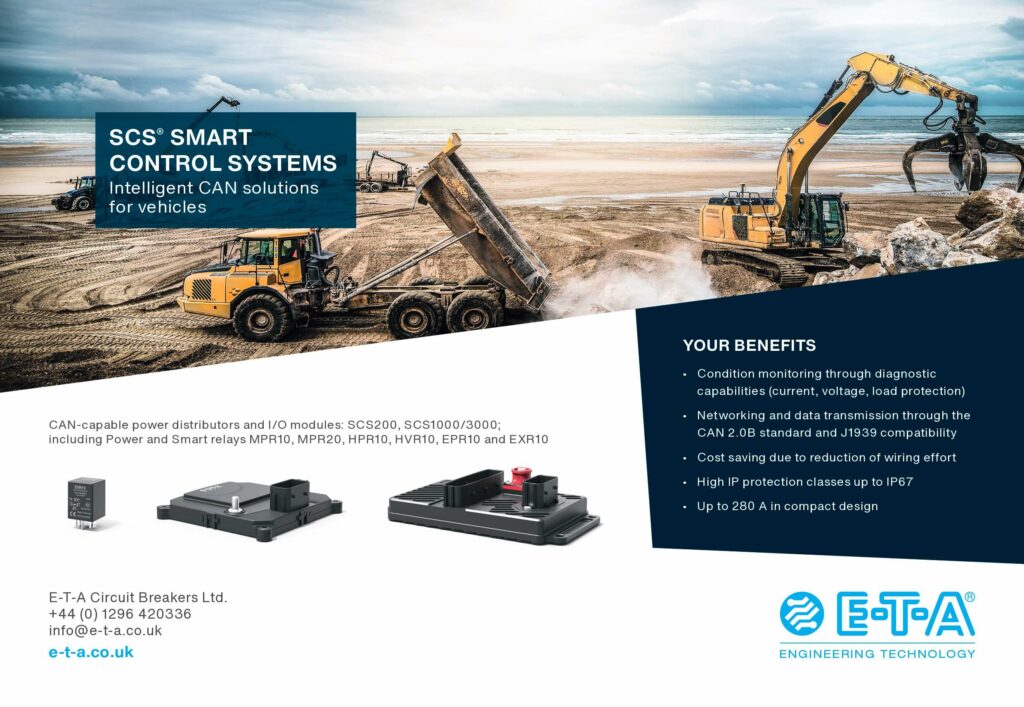
All other things being equal, NMC 532 offers the lowest specific energy of the three, the longest cycle life, the highest safety in terms of inherent thermal runaway resistance, the lowest maximum charge rates and the lowest cost. NMC 811 is at the other end of the scale in each of those categories, with NMC 622 essentially splitting the difference.
In mining, the key trade-off is safety versus specific energy, with underground mines prioritising 532 or 622 batteries for their stability, while surface mines adopt 811 batteries for range and typically invest in very capable thermal management systems. In terms of total cost of ownership, 532s win thanks to their long cycle life – while 811s cost less per kilowatt-hour but need to be replaced more often.
The other cell chemistry commonly used in mining is LTO, in which the anode material is Li4Ti5O12 (lithium titanate oxide) rather than the traditional graphite. Like other lithium-ion chemistries, the electrolyte is a lithium salt dissolved in an organic solvent. Cathodes normally use either LiMn2O4 (lithium manganese oxide) or lithium iron phosphate, so the batteries are generally free of nickel and cobalt.

The specific energy of LTO batteries is low at around 60–100 Wh/kg, but the batteries are very long-lived, completing more than 20,000 cycles and lasting more than 20 years in some cases, longevity that offsets their high initial cost driven by the titanium content. LTO batteries work well in temperatures ranging from -30 to +60 C. Furthermore, they are very safe, remaining stable up to and beyond 300 C.
Also, LTO batteries charge very quickly, achieving C rates of 10 or more (much higher than the 2–4C of NMC 811, for example), so a full charge can be achieved in minutes, making charging and swapping close in terms of time taken.
Battery/supercap hybrid
Another promising energy storage technology for mining is the Skeleton SuperBattery, which combines characteristics of graphene-based electric double-layer capacitors (also known as supercapacitors or ultracapacitors) with those of lithium-ion batteries. The result is a hybrid storage device with modest specific energy that is about the same as that of an LTO battery at 60–100 Wh/kg, but with a specific power output of 10–20 kW/kg, a life of around 50,000 cycles, charging at rates of up to 60C, and no risk of thermal runaway. A SuperBattery can charge from zero to 80% in between 15 seconds and 2 minutes, and be fully charged in around 5 minutes.
A SuperBattery has an anode made from curved graphene, a material that Skeleton compares to a sheet of paper that has been crumpled to pack its large surface area into a smaller volume, enabling more charges to be stored within a given volume. The cathode is a lithium metal oxide similar to that of a conventional battery.
During charging, electrons move from the cathode to the anode via the external circuit, distributing themselves across the conductive graphene network of the anode, giving it negative potential. This attracts positively charged lithium ions (Li⁺) from the electrolyte. Approximately 90% of these Li⁺ ions electrostatically adsorb onto the graphene’s porous structure, creating electric double-layer capacitance, while the remaining ~10% intercalate into graphene defects, exhibiting battery-like behaviour. Meanwhile, the cathode’s loss of electrons creates positive potential, balanced by lithium extraction from the cathode material. Anions remain in the electrolyte. Discharging reverses the process.
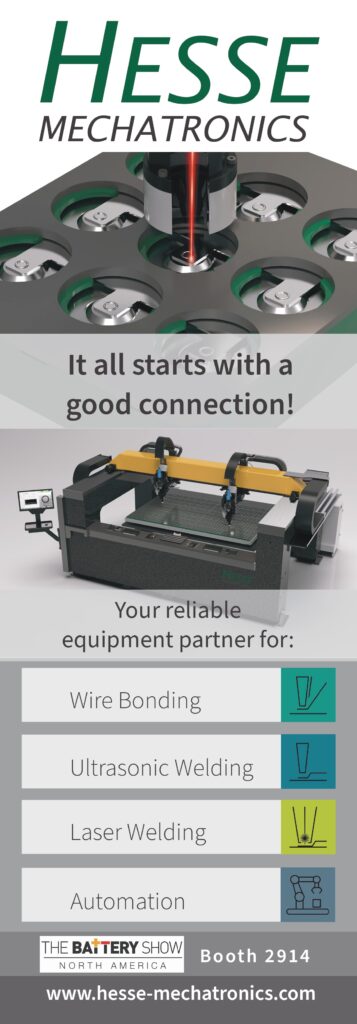
It is in the largest classes of surface mining vehicles where battery technology is still found wanting in terms of energy density, and the industry is hedging its bets that the SuperBattery could make a big difference. BEVs with payloads approaching 400 t and gross weights of more than 600 t need huge batteries that take hours to charge, but Skeleton and partner Siemens envisage SuperBattery-powered haul trucks operating for 45 minutes and recharging in just one minute.
However, it is still uncertain which technology will come to dominate the heavies such as the ultra-class haul trucks, so the trend is toward ‘agnostic’ machines designed to accept either conventional diesel electric drivetrains or batteries (either of them with trolley assist) or fuel cell systems.
Agnostic heavies and fuel cells
For example, Komatsu is developing its Power Agnostic series. In July, it announced the start of field trials of a trolley-assisted, diesel electric example of its Power Agnostic (PA) 930E at Boliden’s Aitik copper mine in Gallivare, Sweden. The idea is that the modular PA platform enables customers to begin with diesel power and transition to battery or fuel cell power later, depending on their operational needs, technology readiness and pace of decarbonisation efforts.
However, a 930E-4 converted to fuel cell power is already in operation. The nuGen hydrogen haul truck is a technology demonstrator based at the Mogalakwena Platinum Mine in South Africa. Mining giant Anglo American created the nuGen vehicle in cooperation with lead engineering and integration partner First Mode and equipment suppliers including Canada’s Ballard Power Systems, Williams Advanced Engineering (now Fortescue Zero), ABB and Komatsu.
Its hybrid powerplant consists of an 800 kW proton exchange membrane fuel cell system from Ballard, and a 1.2 MWh lithium-ion buffer battery system from Williams, together capable of delivering 2.0 MW. A total of eight of Ballard’s FCmove-HD+ fuel cell modules are fed from the same number of high-pressure tanks from NPROXX with total capacity of around 900 kg of H2. The hydrogen itself is electrolysed from water using a solar powered system from ENGIE.
ABB provided the megawatt-scale DC-DC traction converters, trolley-assist components and grid-connection systems for hybrid operation. Komatsu provided the modified 930E truck chassis, and is now working with Anglo American to commercialise the nuGen vehicle in the 2026–2030 time frame.
The fuel cell truck matches the 290 t payload and 500 km range of the original diesel version of the 930E. Refuelling takes 15 to 20 minutes. The company plans to convert more than 400 haul trucks by 2035.
Also looking to the 2030s, solid-state batteries seem promising with specific energies of 300–500 Wh/kg, significantly reduced risk of thermal runaway and fire, and charge rates of 5C to 10C. However, their cost needs to fall from US $500 to $1000 per kilowatt-hour to below $200, and they must prove their durability. It is a similar story with sodium-ion batteries in mining niches that can tolerate much lower specific energy and specific power outputs in exchange for lower costs and higher safety.
The jury is still out on vehicle electrification options, meaning that we might well see more ‘agnostic’ power architectures going forward.
Click here to read the latest issue of E-Mobility Engineering.
ONLINE PARTNERS

